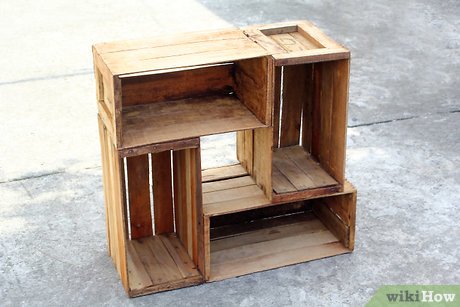4 Ways to Use a Katana Properly

Introduction:
The katana, a traditional Japanese sword, has long been an iconic symbol of Japan’s feudal era. Its razor-sharp edge, elegant curvature, and intricate design make it an awe-inspiring weapon for martial artists and collectors alike. Knowing how to use a katana properly is essential for both experienced practitioners and beginners interested in exploring the world of martial arts. In this article, we will discuss four fundamental ways to use a katana effectively and safely.
1. Master the Basics of Grip and Posture:
Holding the katana correctly is imperative for proper use. The tsuka (handle) should be gripped with both hands, with the left hand at the end of the handle and the right hand just below the tsuba (guard). Maintain a natural and relaxed grip for better control and fluidity.
A correct posture is equally crucial for effective katana usage. The typical stance entails positioning one foot forward while keeping your legs shoulder-width apart. Knees should be slightly bent, and your back must be straight at all times. This posture not only facilitates balance but also aids in generating power during your strikes.
2. Learn Different Cutting Techniques:
There are several cutting techniques employed by katana users that you must familiarize yourself with to wield this weapon effectively. Some common cuts include:
– Vertical Cut: A downward motion where you bring the katana from an over-the-head position to slice through your imaginary target.
– Horizontal Cut: A side-to-side motion primarily aimed at head or neck-level targets.
– Diagonal Cut: An angled motion that starts from either shoulder and moves down across the body.
– Thrusting: A forward movement primarily targeting vital areas like the throat or heart.
Practicing these cutting techniques regularly will improve your speed, fluidity, accuracy, and overall skill as a swordsman.
3. Understanding Defense and Parrying:
Defending yourself using a katana involves blocking and parrying attacks effectively. Parrying requires deflecting the opponent’s strike away, disrupting their attack and creating an opportunity for a counterattack. Block downward or upward strokes by angling your katana accordingly, while thrusts can be sidestepped using quick footwork. During these defensive maneuvers, keep your grip on the handle firm but relaxed to allow swift transitions.
4. Train with Forms and Partner Drills:
A key aspect of learning to use a katana properly is practicing forms (kata) – a series of choreographed movements meant to imitate combat situations. These forms help build muscle memory and refine your technique over time. Moreover, incorporating partner drills where you spar (under proper supervision and safety measures) can significantly improve your overall proficiency in handling a katana.
Conclusion:
Using a katana properly is essential for mastering both its offensive and defensive potential. By focusing on proper grip, posture, cutting techniques, defensemaneuvers, and regular training with forms and partner drills, you’ll be well on your way to embracing the power and grace of this traditional Japanese sword.

